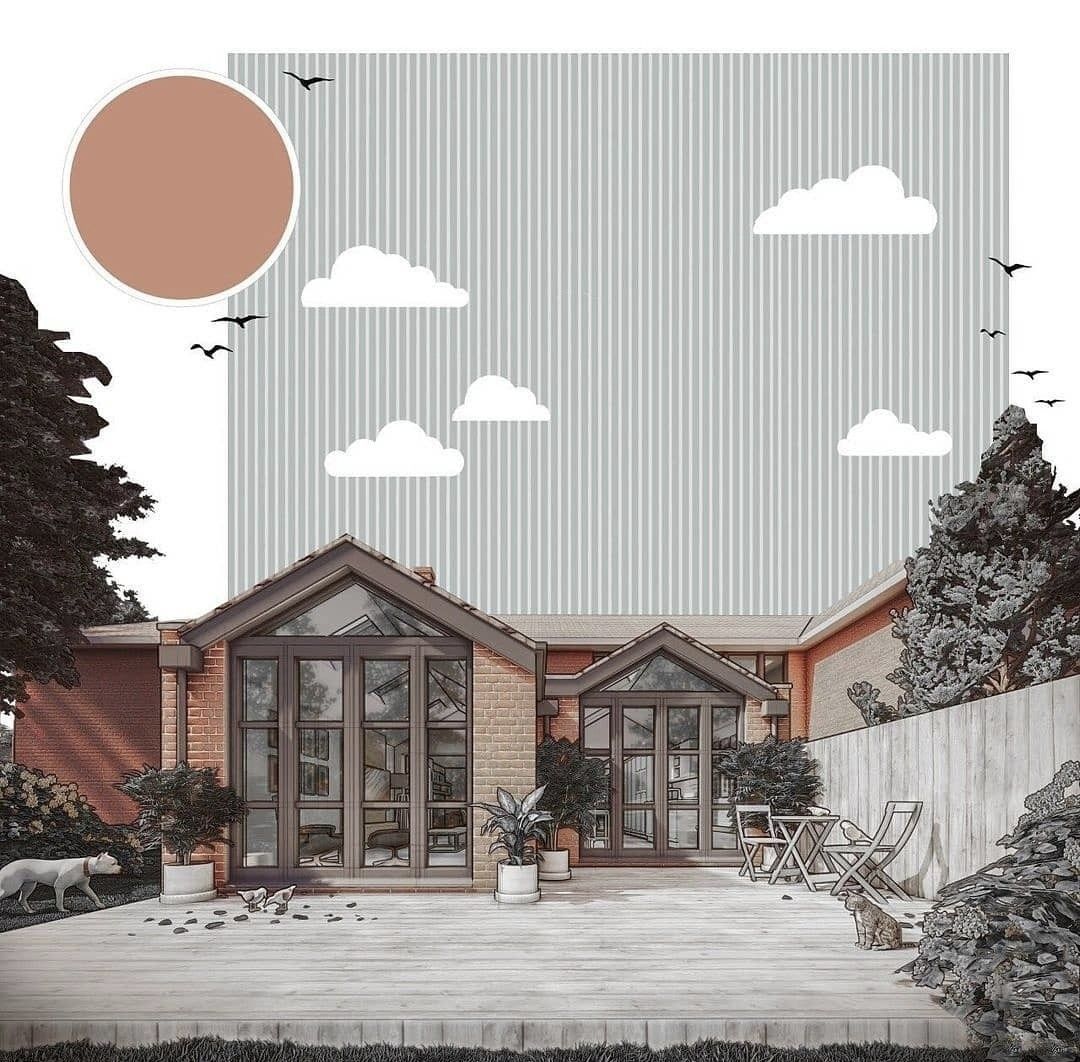- Home
- Articles
- Architectural Portfolio
- Architectral Presentation
- Inspirational Stories
- Architecture News
- Visualization
- BIM Industry
- Facade Design
- Parametric Design
- Career
- Landscape Architecture
- Construction
- Artificial Intelligence
- Sketching
- Design Softwares
- Diagrams
- Writing
- Architectural Tips
- Sustainability
- Courses
- Concept
- Technology
- History & Heritage
- Future of Architecture
- Guides & How-To
- Art & Culture
- Projects
- Interior Design
- Competitions
- Jobs
- Store
- Tools
- More
- Home
- Articles
- Architectural Portfolio
- Architectral Presentation
- Inspirational Stories
- Architecture News
- Visualization
- BIM Industry
- Facade Design
- Parametric Design
- Career
- Landscape Architecture
- Construction
- Artificial Intelligence
- Sketching
- Design Softwares
- Diagrams
- Writing
- Architectural Tips
- Sustainability
- Courses
- Concept
- Technology
- History & Heritage
- Future of Architecture
- Guides & How-To
- Art & Culture
- Projects
- Interior Design
- Competitions
- Jobs
- Store
- Tools
- More
The Role of Architects in Shaping Cities and Communities

Architects play a crucial role in shaping cities and communities. From designing buildings and public spaces to considering the social and environmental impacts of their work, architects have a significant impact on the built environment and the communities that inhabit it.
One of the most important ways in which architects shape cities and communities is through their work designing buildings. Whether it is a commercial development, a residential complex, or a cultural institution, the design of a building has a profound impact on the people who use it and the surrounding environment. Architects must consider a wide range of factors when designing a building, including its function, aesthetics, accessibility, and sustainability. By designing buildings that are well-suited to their intended purpose and that are attractive, accessible, and sustainable, architects can contribute to the creation of thriving, healthy communities.

In addition to designing buildings, architects also play a key role in the design of public spaces. Public spaces, such as parks, plazas, and pedestrian zones, are vital components of any city or community. They provide places for people to gather, socialize, and engage with their environment. Architects must consider a range of factors when designing public spaces, including accessibility, safety, functionality, and aesthetic appeal. By designing public spaces that are welcoming, safe, and well-suited to their intended purpose, architects can help create vibrant, engaging communities.
Another important role that architects play in shaping cities and communities is in the consideration of the social and environmental impacts of their work. Architects must consider the impact of their designs on the local community, including the social and economic impact of new developments. They must also consider the environmental impact of their work, including issues such as energy efficiency, sustainable materials, and the impact of construction on the local ecosystem. By considering these factors, architects can create buildings and public spaces that are not only functional and attractive, but that are also socially responsible and sustainable.
An architect transforms visions into reality, balancing aesthetics, functionality, and sustainability. A Gloucestershire based architecture company expertly designs spaces that inspire, ensuring projects meet client needs while harmonizing with the environment.
Architects have the power to create thriving, healthy communities that are well-suited to the needs of their residents. As such, architects must approach their work with a deep sense of responsibility and a commitment to creating buildings and public spaces that are socially responsible, sustainable, and well-suited to the needs of the local community.

Collabration of Architects and Urban Designers
Architects and urban designers’ collaboration is essential for creating successful urban environments. Here are some ways in which architects and urban designers can work together.
- Integrated design approach: Architects and urban designers can work together from the outset of a project to create an integrated design approach. This means that they collaborate closely to ensure that the building and its surrounding environment are designed in a cohesive and harmonious way, taking into account issues such as scale, massing, materials, and connectivity.
- Design guidelines: Architects and urban designers can collaborate to develop design guidelines that reflect the values, aspirations, and needs of the community. These guidelines can help ensure that new buildings and public spaces are well-suited to their context and are designed in a way that contributes to the overall character of the neighborhood or city.
- Community engagement: Architects and urban designers can work together to engage with local communities and stakeholders. This can help ensure that the design process is inclusive and participatory, and that the resulting buildings and public spaces reflect the needs and aspirations of the community.
- Sustainability: Architects and urban designers can collaborate to create sustainable buildings and public spaces. This can involve designing buildings that are energy-efficient, use sustainable materials, and incorporate green spaces and infrastructure. Urban designers can also work with architects to create pedestrian-friendly environments that encourage walking, cycling, and public transport.
- Placemaking: Architects and urban designers can work together to create vibrant, engaging public spaces that contribute to the social and cultural life of the community. This can involve designing public spaces that are welcoming, safe, and well-suited to their intended purpose, and that encourage community engagement and participation.
In conclusion, architects and urban designers have complementary roles in shaping cities and communities, and their collaboration is essential for creating successful urban environments. By working together to develop an integrated design approach, engaging with local communities, creating sustainable buildings and public spaces, and fostering placemaking, architects and urban designers can help create vibrant, healthy, and sustainable cities and communities.
Architect collaboration with urban designers ensures balanced, functional, and aesthetic spaces that enhance community living. This architecture company is covering both Wiltshire & Oxfordshire, delivering visionary and sustainable design solutions.

1 Comment
Submit your architectural projects
Follow these steps for submission your project. Submission FormLatest Posts
Top 8 Luxury Vacation Rentals Features Guests Love Most
A luxury vacation rental offers an entirely different experience than a typical...
Why Local Expertise Matters: Choosing the Right Plumbers in Townsville
Why Local Expertise Matters: Choosing the Right Plumbers in Townsville When it...
Bathroom Remodel ROI: How to Add $15–30K to Your Home Value in 2025-2026
Outdated bathrooms can drag a listing 20-30% longer on the market. Buyers...
The Key Factors to Review When Comparing Fiber Providers in Minneapolis
Looking for a fiber provider in Minneapolis can feel surprisingly overwhelming. The...












Great read and nice to have